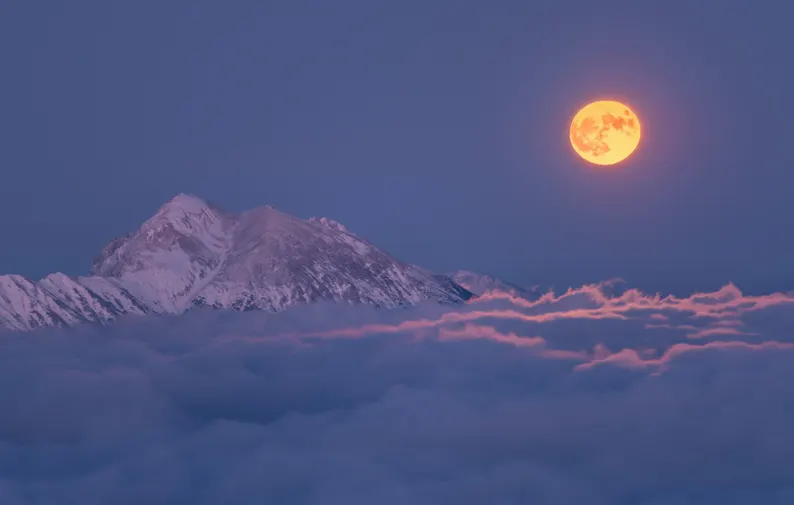Capturing the Mystique of the Moon: Nighttime Photography with a DSLR Camera
Capture the moon’s allure: Master DSLR techniques for mesmerizing nocturnal shots. Explore lunar phases, framing, and exposure. Unveil night’s beauty!”
Aug · 2023

Photo by Nicolas Thomas on Unsplash
Introduction:
The moon, Earth’s celestial companion, has captivated humans for centuries with its luminous beauty and enigmatic allure. One of the most mesmerizing experiences is shooting the moon at night using a DSLR camera. This article will delve into the fascinating realm of lunar photography, offering insights and techniques to help you capture the moon’s ethereal presence. We will explore the steps involved in capturing stunning moonlit images, from preparation and equipment to shooting and post-processing. Let’s embark on a journey to unlock the secrets of lunar photography.
Preparing for a Lunar Photoshoot
Before you embark on your lunar photography adventure, there are several important factors to consider:
- Equipment Selection:
Choosing the right DSLR camera is crucial for capturing clear and detailed moon images. Opt for a camera with manual settings, as they offer greater control over exposure and focus. A tripod is essential to stabilize your camera and minimize blurriness caused by hand movement. - Lens Selection:
A telephoto or zoom lens with a focal length of 200mm or more is recommended for moon photography. This allows you to capture the moon’s intricate details and create a striking composition. - Location Scouting:
Select a shooting location with minimal light pollution to enhance the visibility of the moon and its features. Urban environments can create unwanted glare and hinder your ability to capture a crisp shot.
Mastering the Moon Photography Techniques
- Manual Mode and Settings:
Set your camera to manual mode (M) to have complete control over settings. Begin with an aperture around f/8 to f/11 for optimal sharpness. Adjust the shutter speed to achieve the desired exposure. A starting point could be around 1/125th of a second. Experiment with ISO settings to balance light sensitivity and image noise. - Focusing on the Moon:
Achieving accurate focus is crucial in lunar photography. Utilize the live view mode on your DSLR to zoom in on the moon and fine-tune focus manually. Alternatively, using manual focus with magnification can help achieve sharper results. - Bracketing and HDR:
To capture the moon’s intricate details and avoid overexposure, consider using bracketing to capture multiple shots at different exposures. Later, merge these shots into an HDR (High Dynamic Range) image during post-processing to achieve balanced lighting.

Shooting the Moon in All its Glory
- Composition and Framing:
Experiment with different compositions to create visually appealing moon shots. Consider including foreground elements like trees, buildings, or landscapes to add depth and context to your images. - Moon Phases and Timing:
Different moon phases offer unique opportunities for photography. The waxing and waning crescents create long shadows that highlight lunar surface features, while a full moon illuminates the landscape with a soft glow. Plan your photoshoot based on the desired phase and time of the moonrise. - Long Exposures and Silhouettes:
Explore long exposure techniques to capture the moon’s motion across the sky. This can create mesmerizing streaks of light and reveal its path. Silhouettes of trees or landmarks against the moonlit sky can add drama and intrigue to your composition.
Conclusion:
Shooting the moon at night with a DSLR camera is a captivating and rewarding endeavor that allows you to capture the moon’s mystique in stunning detail. By carefully preparing your equipment, mastering the essential techniques, and experimenting with composition, you can create breathtaking lunar images that showcase the beauty of the night sky. Whether you’re a seasoned photographer or just starting on your photographic journey, exploring the world of lunar photography will undoubtedly leave you with awe-inspiring and unforgettable shots.
Add your first comment to this post